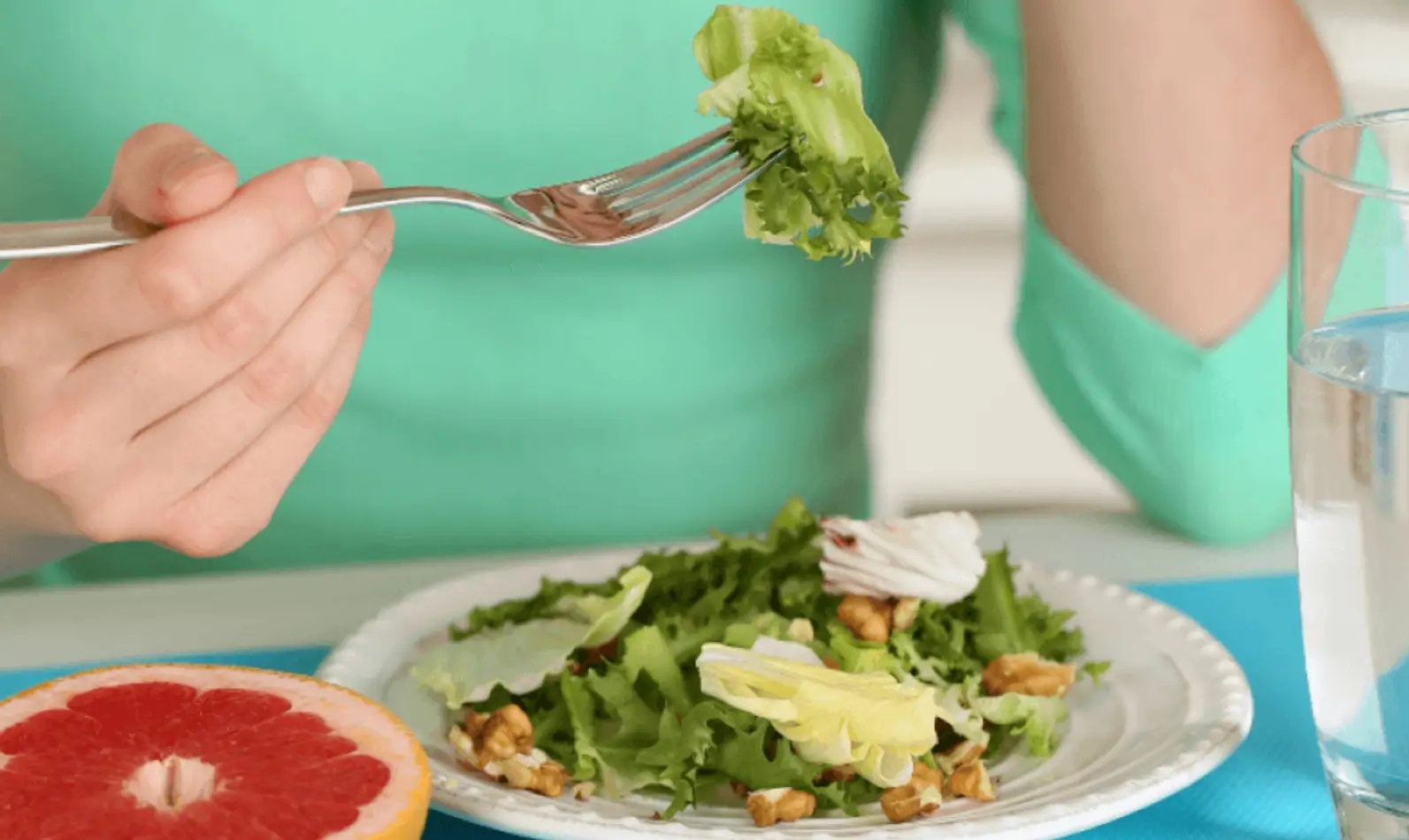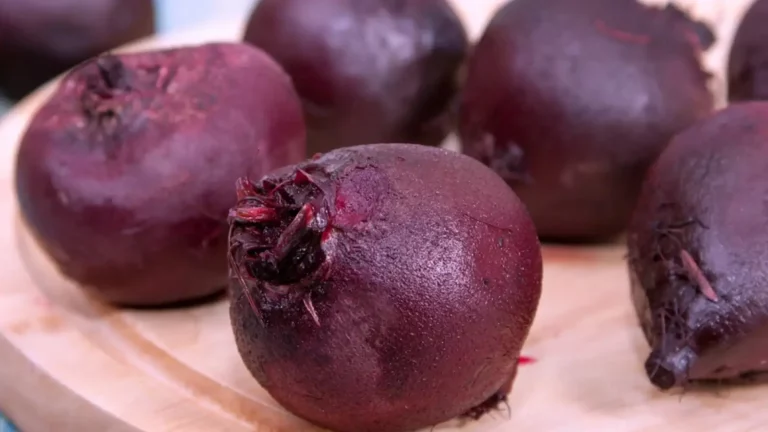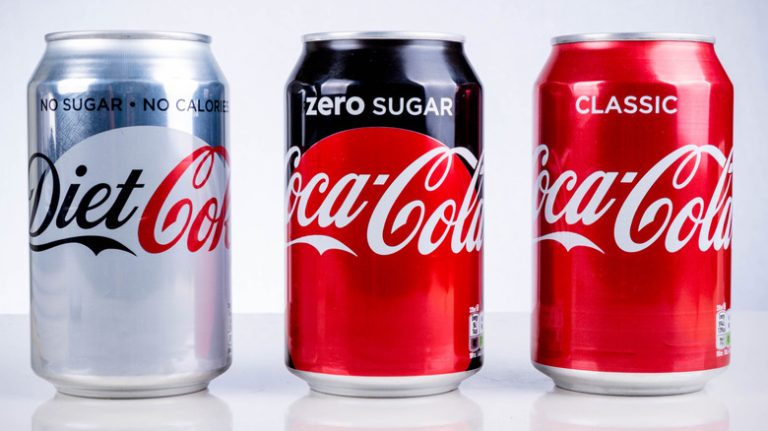Iron is a mineral present in many common foods, playing a crucial role in numerous vital bodily functions. It’s involved in hemoglobin production, which facilitates oxygen transport throughout the body, and supports muscle and healthy connective tissue, as noted by the Office of Dietary Supplements at the National Institutes of Health. Despite its importance, iron deficiency is widespread.
Severe iron deficiency can result in iron deficiency anemia, a condition that can decrease energy levels in adults and impair development in children (via American Family Physician). In the United States, approximately 2% of men, 9 to 12% of non-Hispanic white women, and nearly 20% of Black and Hispanic women are affected by iron deficiency anemia.
While iron supplementation can help prevent or reverse iron deficiency anemia, high doses may cause nausea and constipation. Unless directed by a healthcare provider, it’s advisable to obtain iron from food sources rather than supplements (via Healthline). Notably, iron from animal sources is more bioavailable than plant-based iron, meaning the body uses a higher percentage of iron from these sources. To meet iron needs, consider consuming both plant- and animal-based iron sources.
Fortified oatmeal is full of iron
When considering iron-rich foods, red meat or seafood might immediately come to mind. While they’re not completely off the mark, iron-fortified oatmeal surprisingly offers more iron.
A half-cup of dry fortified quick oats contains 19.8 milligrams of iron, exceeding 100% of the recommended daily intake for both adult men and women (via USDA). For context, the Office of Dietary Supplements suggests adult men and women over 51 consume at least 8 milligrams per day, while women 50 and younger should aim for 18 milligrams per day.
Starting your day with a bowl of oatmeal offers numerous benefits beyond fulfilling daily iron needs. It also provides nearly 4 grams of fiber, which can enhance heart health by lowering LDL (“bad”) cholesterol levels and reducing heart attack and stroke risk, according to the Mayo Clinic. Moreover, oatmeal is easily enhanced with nutritious toppings like berries, nuts, seeds, and milk. If morning time is limited, consider making overnight oats the night before and grabbing them from the fridge for breakfast.
Oysters can up your iron intake
Oysters are a polarizing food, but for those who enjoy their briny taste and plump texture, there’s even more reason to savor them. Beyond being a delightful happy-hour treat, oysters boast high iron content.
Consuming six East Coast oysters provides nearly 6 milligrams of iron, equating to 75% of the recommended daily intake for adult men and women over 50, and 33% for women 50 and under, based on the Office of Dietary Supplements recommendations. Additionally, oysters offer 8 grams of protein, 26 milligrams of magnesium, and 56 milligrams of zinc.
In short, oysters are incredibly nutrient-dense. If you’re curious to try them, visit a local raw bar and consult the server or bartender for recommendations, especially if you’re new to oysters. They might suggest varieties with milder flavors to ease you in. Enhance them with a squeeze of lemon juice, a spoonful of mignonette (flavored vinegar), or a dollop of cocktail sauce.
White beans are filled with iron
Cooking chili doesn’t require beef to be iron-rich. In fact, white bean chili might offer an even better iron source! A cup of canned, rinsed, and drained white beans contains over 4 milligrams of iron, as per the U.S. Department of Agriculture. Additionally, that cup packs a whopping 12.8 grams of fiber, contributing significantly to the recommended daily 25 grams for women and 38 grams for men (via Mayo Clinic).
If you’re unsure about what to do with white beans, start with a simple soup, chili, or no-cook white bean salad. When using these iron-rich legumes, opt for low-sodium canned white beans, and drain and rinse them to remove excess salt and starch. Better Homes & Gardens advises that draining and rinsing can also eliminate the metallic flavor sometimes found in canned beans.
Dark chocolate can add iron to your diet
Dark chocolate is rich and satisfying, making it a great addition to cookies, cakes, and pies, or an easy treat on its own to satisfy a sweet craving. Yet another reason to indulge: it’s high in iron.
One ounce of dark chocolate contains 2.3 milligrams of iron (via USDA). That’s about 29% of the recommended daily intake for adult men and women over 50, and nearly 13% for women 50 and under, according to the Office of Dietary Supplements. Many of us likely eat more than that at a time, which means we’re getting even more iron.
However, dark chocolate also contains sugar and saturated fat, so it shouldn’t dominate your diet, as Healthline warns. Its richness makes it less appealing to consume all day. Instead of relying solely on dark chocolate for iron, enjoy it occasionally and include other high-iron foods from both plant and animal sources to ensure a balanced nutrient intake.
Beef liver is a good source of iron
If you didn’t grow up eating beef liver, the idea of cooking and eating it might seem daunting. However, there’s a compelling reason to try it: a 3-ounce serving of braised beef liver contains 5.5 milligrams of iron (via USDA). This significant iron amount accounts for about 69% of the recommended daily intake for adult men and women over 50, and 31% for women 50 and under (via Office of Dietary Supplements). It’s also rich in protein and other minerals like zinc, copper, selenium, and niacin, often difficult to obtain from food.
If you’re hesitant about beef liver, commit to trying it at least once. You can find it at many supermarket butchers, and specialty butchers always carry it. Braised beef liver and onions is a great starting point.
Boost your iron affordably with lentils
If you’re unaware, here’s a great budget tip: A bag of dried lentils in the rice and beans aisle is one of the cheapest protein sources available. Lentils can be used in soups, stews, curries, or simply cooked plain as a salad topper or side dish.
Another reason to love lentils? They’re exceptionally high in plant-based iron. A cup of cooked lentils contains about 6.6 milligrams of iron, or 83% of the recommended daily intake for adult men and women over 50, and 37% for women 50 and under (via Office of Dietary Supplements). This amount also delivers nearly 18 grams of protein and an impressive 15.6 grams of fiber, both supporting good health and promoting satiety.
If you have a bag of dried lentils at home but aren’t sure what to do with them, consider making Tadka Dal from Monica’s Spice Diary or a basic lentil soup. Both are flavorful and easy to store and reheat for lunch or dinner leftovers.
Spinach is packed with iron
Popeye’s obsession with spinach and the resulting bulging muscles may have been exaggerated, but he was onto something. Besides being a vitamin-rich leafy green, spinach is a fantastic source of plant-based iron.
One cup of cooked spinach contains 6.4 milligrams of iron, representing 80% of the recommended daily intake for adult men and women over 50, and 36% for women 50 and under (via Office of Dietary Supplements). Remember, this is for a cup of cooked spinach, not raw. Raw spinach leaves shrink significantly when cooked. Eating raw spinach is also beneficial, but you’ll need more volume to achieve the same iron and nutrient levels.
One of the simplest ways to cook spinach is by browning garlic in olive oil and tossing in raw spinach leaves, as in this recipe from A Sweet Pea Chef. Spinach can be added to nearly any savory dish, from pasta to soup to stew.
Tofu adds iron to your diet
Tofu might have the reputation of being a basic vegetarian protein alternative to meat, but there’s much more to it. The soy-based protein is a great blank canvas for any flavor you add and can take on different textures depending on whether you stew, pan-fry, or roast it.
Additionally, tofu is a great source of plant-based iron. A half-cup of firm tofu contains 3.35 milligrams of iron, 42% of the recommended daily intake for adult men and women over 50, and 19% for women 50 and under (via USDA, NIH).
Tofu is a valuable refrigerator staple, even if you’re not vegetarian or vegan. The Pan-Fried Sesame Garlic Tofu recipe from Table for Two transforms this protein into a sweet and savory dish with a great texture, making it a good choice for those new to tofu. For those more comfortable with it, try baking tofu. Baked tofu can be a nice addition to salads or an easy snack.
Sardines pack a big punch of iron
If tuna is the only canned fish in your pantry, it’s time for a change. Sardines are inexpensive and packed with flavor, so a little goes a long way.
Besides being a good source of omega-3 fatty acids, sardines are rich in iron. A 3.75-ounce can of sardines in oil (drained) provides 2.7 milligrams of iron, 34% of the recommended daily intake for adult men and women over 50, and 18% for women 50 and under (via Office of Dietary Supplements).
Not sure how to enjoy sardines? Layering them on toast is easy. This BBC Good Food recipe for Spanish Sardines on Toast makes a quick meal or a fancy appetizer when cut into small pieces. If you prefer a hot dinner, try Mediterranean Sardine Pasta with Lemon, Capers, and Chili Flakes from Tori Avey, featuring varied flavors and textures.
Kidney beans will provide with you with iron
Kidney beans are among the most popular beans. “The common bean is a vital food crop and major protein source worldwide,” Healthline explains. While you might use them in soups and stews, they’re more than just filler food.
A half-cup of canned, drained, and rinsed kidney beans contains about 1.8 milligrams of iron (via USDA). That amount also provides 8 grams of protein and nearly 6 grams of fiber, aiding digestion and satiety, according to Healthline.
If you need ideas for adding kidney beans to your diet, chili is an obvious choice. However, there are other delicious possibilities. Afghan Kidney Bean Curry from The Curious Chickpea is a must-try, packed with spices and served over rice. For lunch, a kidney bean salad is a great option.
Beef is certainly a source of iron
Beef is a reliable iron source, albeit not the top one. A 4-ounce serving of 90% lean ground beef contains 2.5 milligrams of iron, 31% of the recommended daily intake for adult men and women over 50, and 14% for women 50 and under (via USDA, NIH).
Keep in mind, this amount of (relatively lean!) beef also contains 4.4 grams of saturated fat. The 2020-2025 Dietary Guidelines for Americans recommend limiting saturated fat to no more than 10% of your daily calories. For a 2,000-calorie diet, that’s about 22 grams of saturated fat per day, maximum. Red meat like beef can be part of a balanced diet but shouldn’t be your only iron or protein source.
For a simple way to use beef while increasing your veggie intake, try this “Easy Beef and Broccoli” recipe from Just a Taste, which involves cooking beef and vegetables in one pan.
Chickpeas provide a whole lot of iron for their size
You might be consuming more chickpeas than you realize. They’re the main ingredient in hummus and star in falafel sandwiches you might enjoy regularly. This is good news, as chickpeas are a great source of plant-based protein, fiber, and iron.
One cup of canned, drained, and rinsed chickpeas contains about 3.7 milligrams of iron, according to the USDA. That’s 46% of the recommended daily intake for adult men and women over 50, and about 21% for women 50 and under (via Office of Dietary Supplements). You can also purchase dried chickpeas and cook them yourself if you prefer to avoid canned products.
The question is: What can you do with chickpeas? We’ve already established that hummus is a choice, but roasting is another excellent idea. Crunchy chickpeas work as a snack or salad topper instead of croutons.
Canned tomatoes will add some iron to your pasta
While eating diced or stewed tomatoes straight from the can isn’t recommended for taste purposes, incorporating canned tomatoes into recipes is wise due to their iron content.
One cup of canned stewed tomatoes contains 3.4 milligrams of iron, according to Self, or 43% of the recommended daily intake for adult men and women over 50, and 19% for women 50 and under. This is easily consumed in a pasta sauce.
Pasta sauce is the simplest method for using canned tomatoes. The Marinara Pasta Sauce recipe from The Kitchn is a staple for your dinner rotation if it isn’t already. Make a large batch and refrigerate or freeze leftovers for later. This way, for a quick dinner, you only need to boil pasta and heat your pre-cooked sauce.
Potatoes will boost your iron intake
Potatoes get a bad rap, but it’s undeserved. While consuming fries with every meal isn’t advisable due to their oil and fat content, potatoes themselves are nutrient-dense.
One medium baked potato with skin contains 1.9 milligrams of iron, 24% of the recommended daily intake for adult men and women over 50, and 11% for women 50 and under (via Office of Dietary Supplements). It also contains about 926 milligrams of potassium, much more than a banana!
The culinary possibilities with potatoes are nearly endless, and you’ve likely enjoyed them in various forms. Both home and professional chefs use potatoes in their meals. “One reason I love potatoes is their cost-effectiveness,” chef and former Melting Pot host Cheryl Smith told Deseret News. “They can be reused. If you bake them today, you can cut up leftovers for potato hash or croquettes tomorrow. They’re so versatile.”




